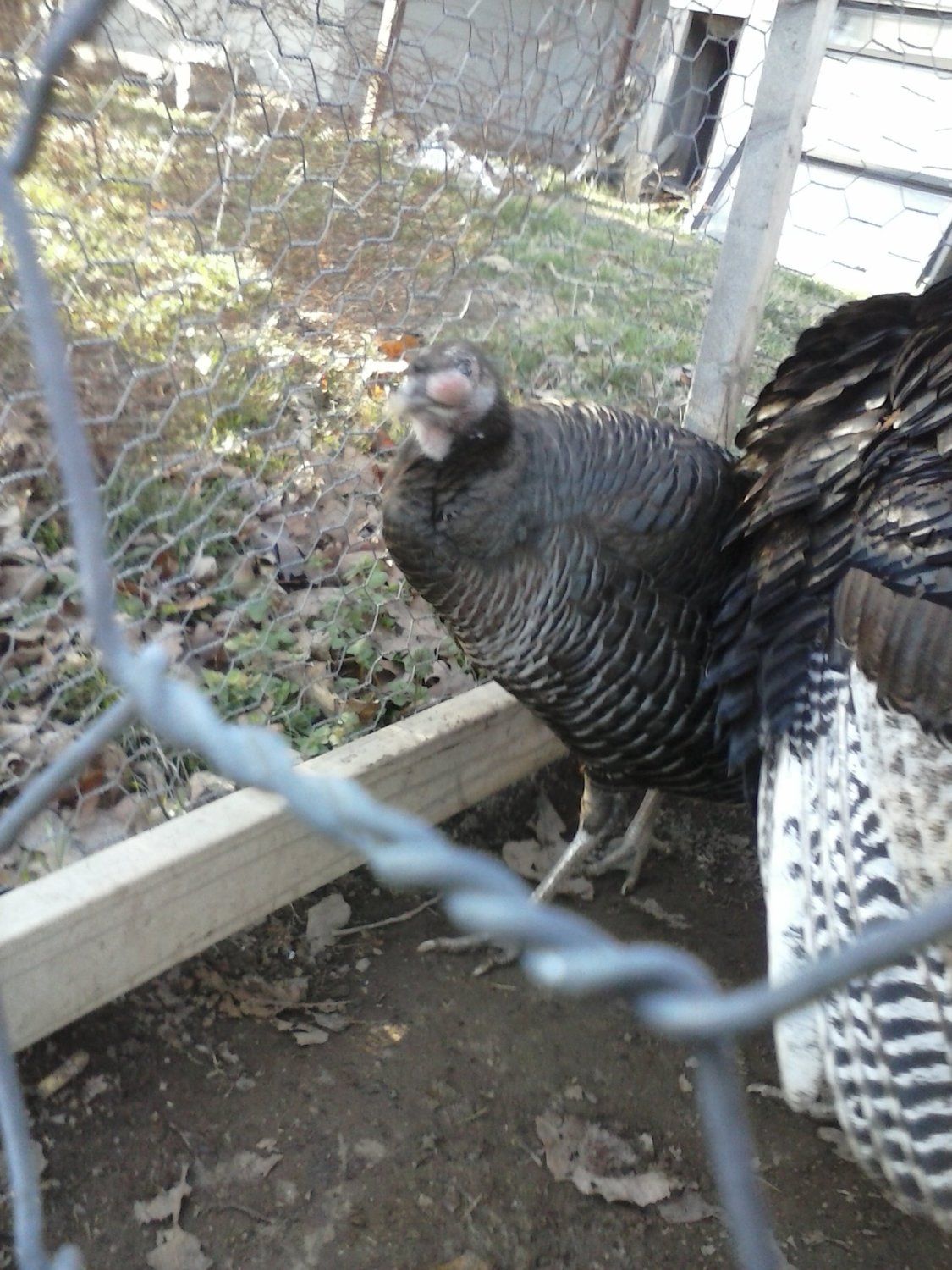I am pretty sure she is a hen just want more experinced opinions. also what is wrong with her eye? Couldnt get a good pic this afternoon but i will try to get a better one, but basicaly at the front of her eyes is swolen and one is a lot larger then the other. p.s. these are standared bronze. and she is about 7 months old.
.

.
Last edited:





